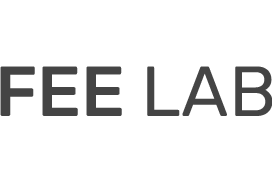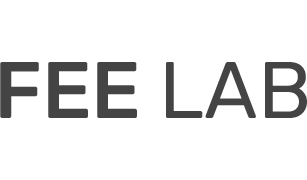Project Overview
The ability to identify interpretable, low-dimensional features that capture the dynamics of large-scale neural recordings is a major challenge in neuroscience. Repeated temporal patterns (sequences) are not succinctly captured by traditional dimensionality reduction techniques, so neural data is often aligned to behavioral task references.
We have developed a task-independent unsupervised method, called seqNMF, that provides a framework for extracting sequences from high-dimensional datasets and assessing their statistical significance. We have shown that seqNMF works on a range of neuronal data sets, as well as non-neuronal data types. By identifying temporal structure directly from neural data, seqNMF enables dissection of complex neural circuits in the absence of reliable temporal references from stimuli or behavioral outputs.
We have also applied a high-dimensional embedding method, t-stochastic neighbor embedding (tsne), to visualize song development in juvenile birds. This approach may be useful for analyzing developmental features in vocal learning.



